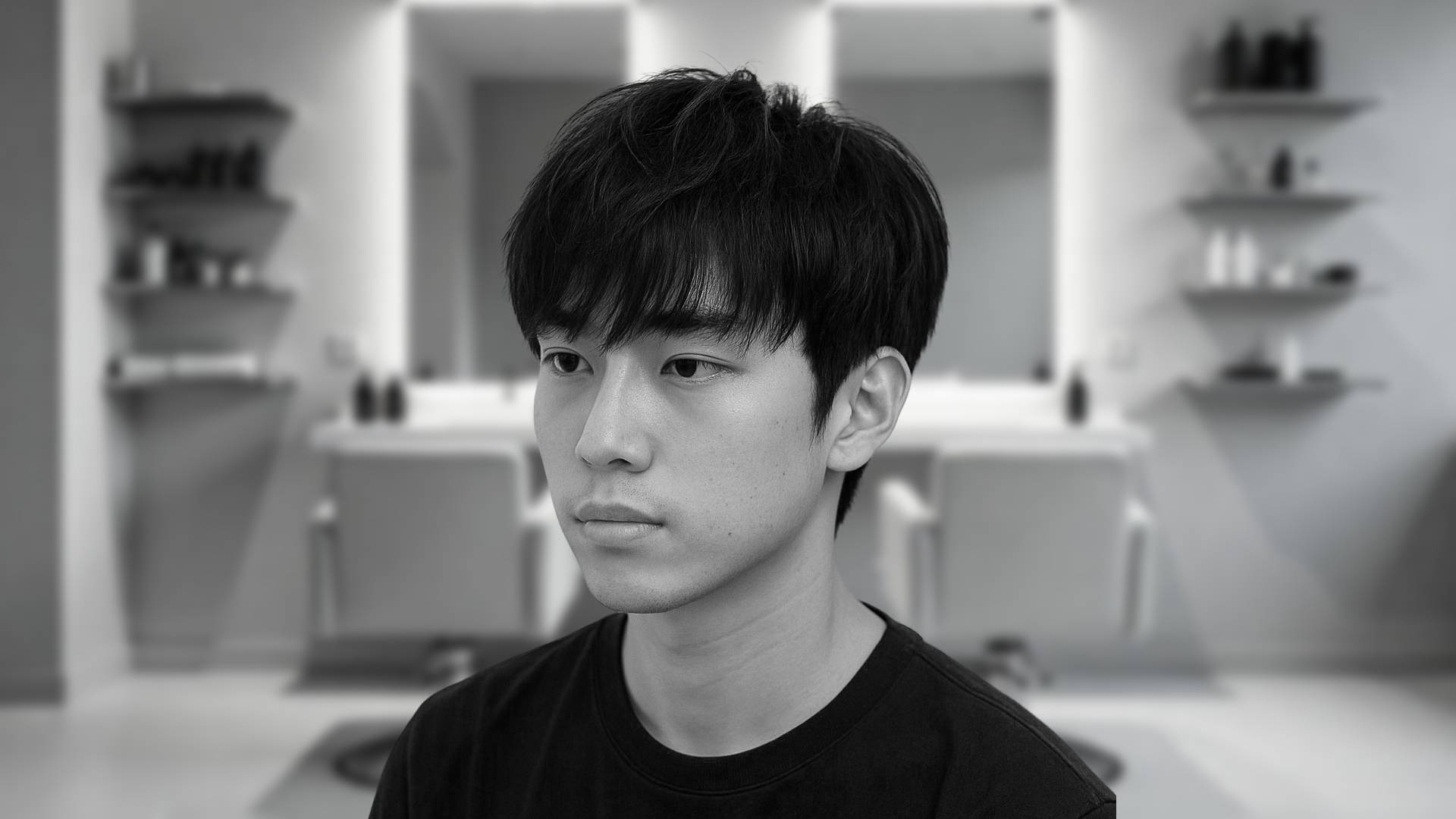The world of men’s grooming has changed dramatically in the past decade. Once, a haircut was considered enough. Men would go to their barbers, ask for something neat and short, and leave without thinking too much about style or individuality. But today, especially for men in their twenties and thirties, grooming has become a statement of personality and lifestyle. Haircuts are no longer just about neatness—they are about self-expression, fashion, and even cultural identity.
Japan has long been admired for its ability to blend tradition with innovation. This is true not only in art, design, and culture but also in the world of grooming and fashion. Japanese hairstyling, in particular, reflects a unique aesthetic that balances precision, creativity, and personality. Unlike purely Western cuts that emphasize rigidity or Korean styles that lean toward softness and flow, Japanese haircuts often combine structure with boldness, making them highly appealing to the young generation.
n recent years, China has risen not only as a global economic power but also as a cultural influencer in the world of men’s fashion and grooming. While Japanese and Korean styles have long dominated conversations in Asian pop culture, Chinese aesthetics have carved out their own identity, especially in men’s hairstyling. From C-pop idols to leading actors in Chinese dramas, the modern Chinese haircut is becoming a symbol of confidence, masculinity, and elegance.
When it comes to men’s fashion and grooming, South Korea has become the global trendsetter. Over the last decade, Korean pop culture—driven by K-pop idols, K-drama actors, and influencers—has redefined what it means to be stylish. Haircuts that were once seen only on stage or on television screens have now made their way into the streets of Seoul, Tokyo, Bangkok, Paris, and New York.







